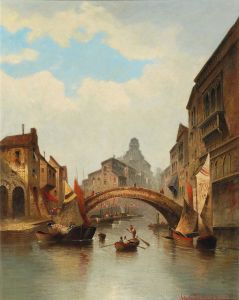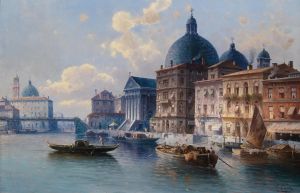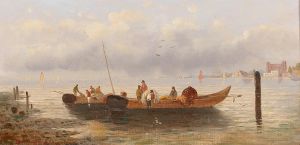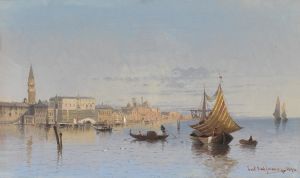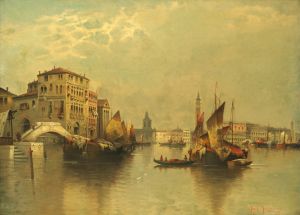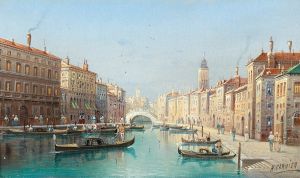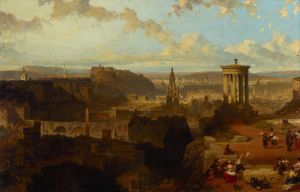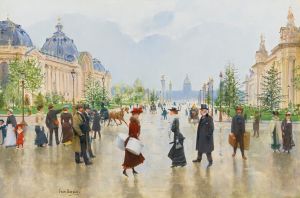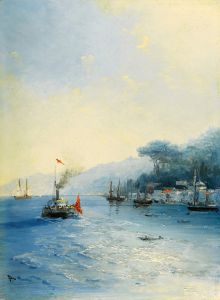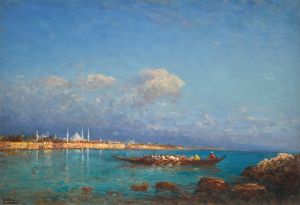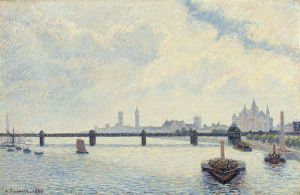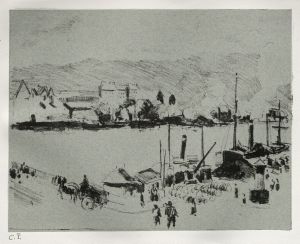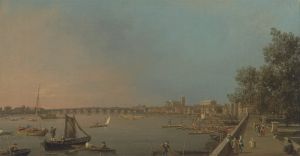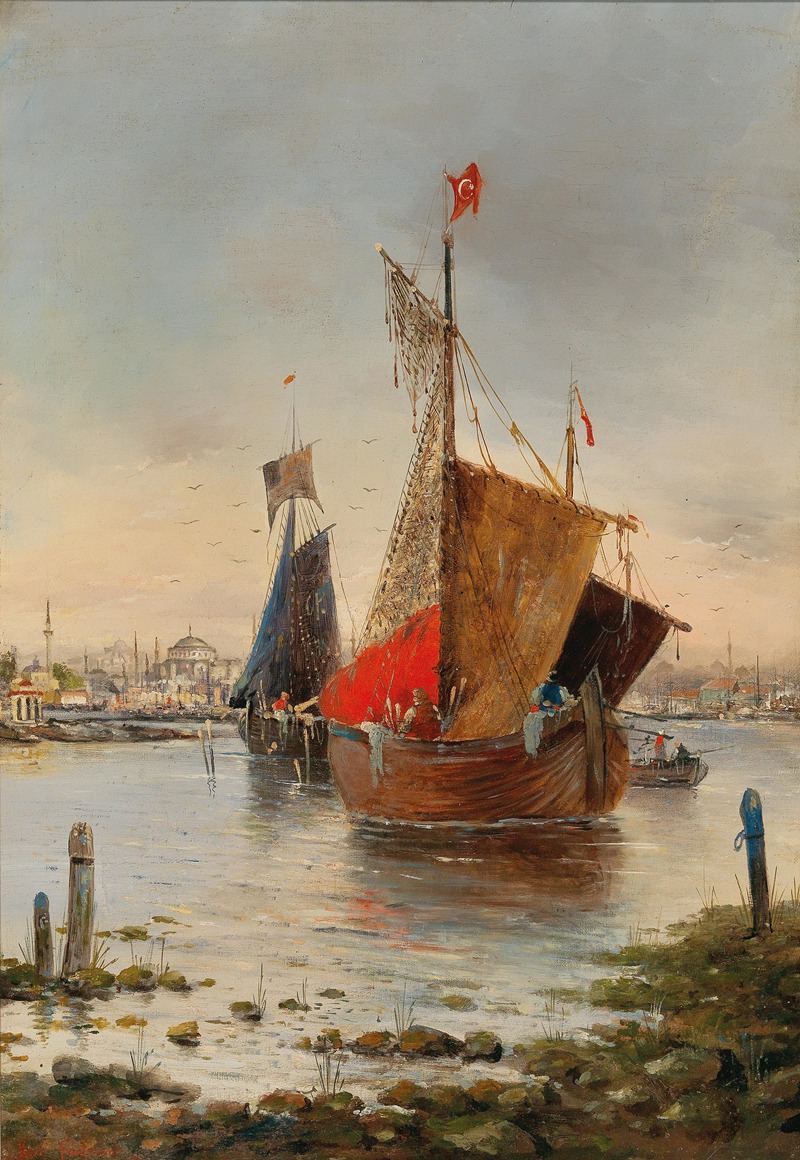
Scene of Constantinople
A hand-painted replica of Karl Kaufmann’s masterpiece Scene of Constantinople, meticulously crafted by professional artists to capture the true essence of the original. Each piece is created with museum-quality canvas and rare mineral pigments, carefully painted by experienced artists with delicate brushstrokes and rich, layered colors to perfectly recreate the texture of the original artwork. Unlike machine-printed reproductions, this hand-painted version brings the painting to life, infused with the artist’s emotions and skill in every stroke. Whether for personal collection or home decoration, it instantly elevates the artistic atmosphere of any space.
Karl Kaufmann was an Austrian painter known for his detailed and atmospheric landscapes and cityscapes. He was born in 1843 in Neuplachowitz, Austrian Silesia, and he passed away in 1905. Kaufmann studied at the Academy of Fine Arts in Vienna, where he honed his skills in painting and developed a keen interest in capturing the essence of various locales through his art. His works often depicted scenes from his travels across Europe and beyond, showcasing his ability to render architectural details and natural landscapes with precision and artistry.
One of Kaufmann's notable works is "Scene of Constantinople," which exemplifies his fascination with the cityscapes of the time. Constantinople, known today as Istanbul, was a city of immense historical and cultural significance, serving as a bridge between Europe and Asia. During the 19th century, it was a melting pot of cultures, religions, and architectural styles, making it a captivating subject for artists like Kaufmann.
"Scene of Constantinople" captures the vibrant and bustling atmosphere of the city, reflecting its unique position as a crossroads of civilizations. Kaufmann's painting likely features the iconic skyline of Constantinople, with its blend of Byzantine and Ottoman architecture. The city's famous landmarks, such as the Hagia Sophia and the Blue Mosque, might be depicted, showcasing their grand domes and minarets that dominate the skyline.
Kaufmann's attention to detail is evident in his portrayal of the intricate architectural elements and the lively streets filled with people going about their daily activities. The use of light and shadow in the painting adds depth and dimension, bringing the scene to life and inviting viewers to immerse themselves in the historical ambiance of Constantinople.
The painting also reflects the influence of Orientalism, a trend in 19th-century European art that romanticized and depicted the cultures and landscapes of the Middle East and Asia. Artists like Kaufmann were drawn to the exotic and the unfamiliar, and their works often emphasized the picturesque and the dramatic aspects of these regions.
Kaufmann's "Scene of Constantinople" is a testament to his skill as a painter and his ability to capture the essence of a place. His work provides a window into the past, allowing contemporary audiences to appreciate the historical and cultural richness of Constantinople during a time of great change and development.
While specific details about the painting, such as its exact date of creation or current location, may not be readily available, it remains an important piece within Kaufmann's oeuvre. His paintings continue to be appreciated for their artistic merit and historical value, offering insights into the diverse and dynamic world of the 19th century.





